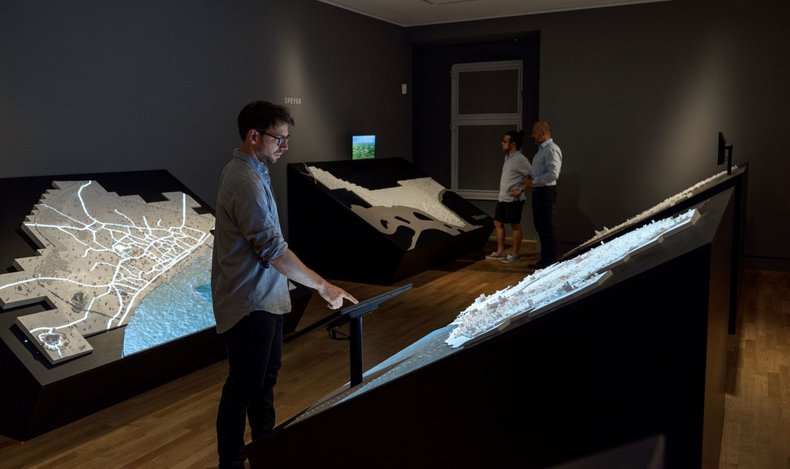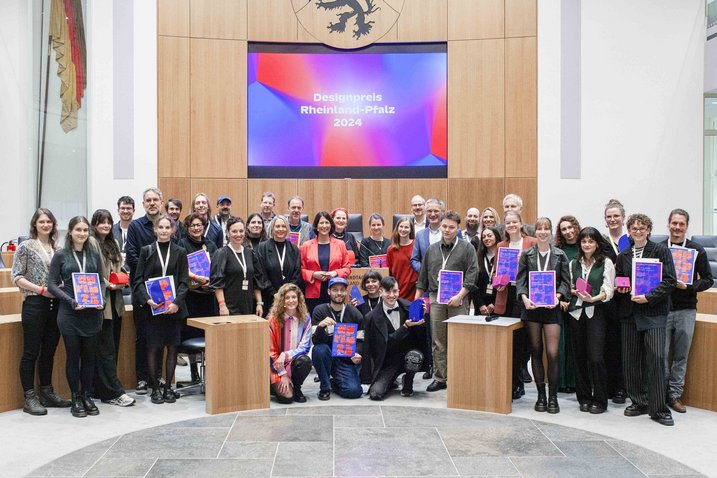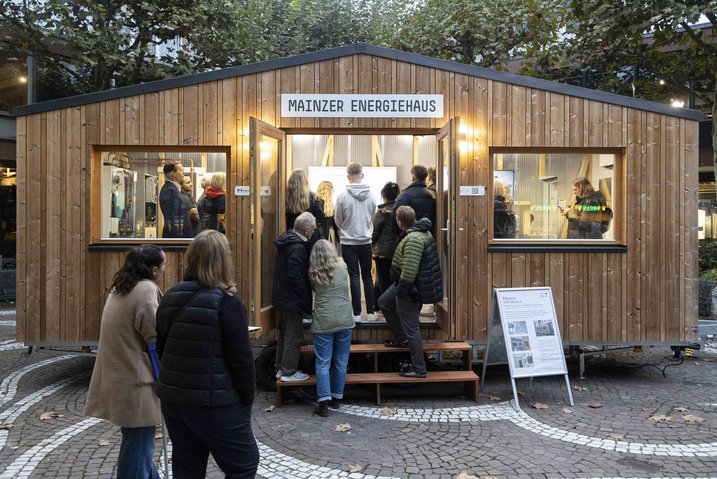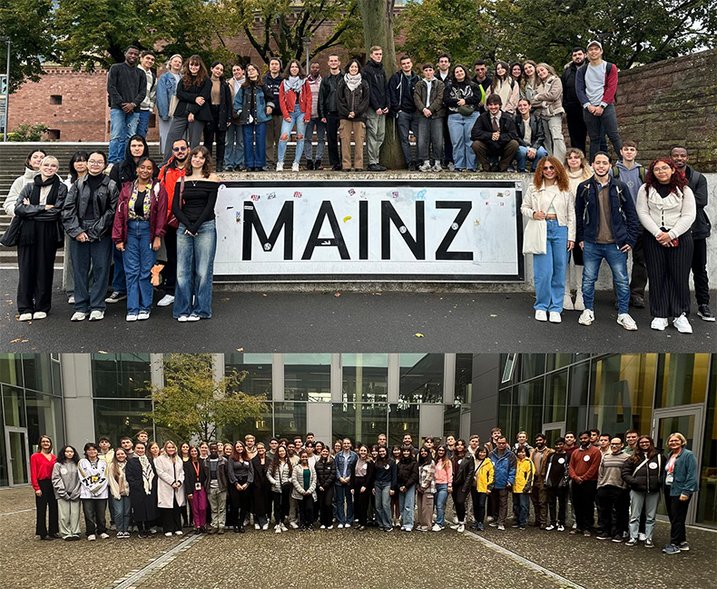On September 13, a hybrid lab focusing on historical urban development officially opened at Mainz State Museum, where digital 3D reconstructions, analog 3D models of cities, and interactive access by touchscreen allow a broad audience to immerse themselves in the development of medieval cities. The lab was made possible through a collaboration between the Institute of Architecture at Mainz University of Applied Sciences (AI MAINZ) and the School of Design's Department of Media Design, with financial support from the General Directorate for Cultural Heritage of Rhineland-Palatinate (GDKE), the Federal Government Commissioner for Culture and Media (BKM), the Sparkasse Rhein-Nahe and J. Molitor Immobilien GmbH.
"The documentation of cultural heritage is an important part of our research profile. We are particularly pleased to be able to contribute our expertise to the city communities with this interdisciplinary project and to make an innovative contribution to socially relevant topics," said Prof. Dr. Susanne Weissman, President of Mainz University of Applied Sciences, at the opening ceremony.
In the future, visitors to the Digital Research Lab will be able to experience historical urban development in the cities of Mainz, Worms, and Speyer in the time periods of around
800 and around 1250 AD. The results of archaeological excavations, findings from the preservation of historical monuments and building research, written and pictorial sources, and old city plans were all taken into account when creating the city models.
"Digital 3D reconstruction as a research method for historical urban research provides an opportunity to capture the state of knowledge and propose a hypothetical visualization of bygone urban spaces and structures," stated Prof. Dr.-Ing. Piotr Kuroczynski. As a professor of applied computer science and visualization in civil engineering and director of AI MAINZ, he worked closely with Prof. Olaf Hirschberg of the Department of Media Design at Mainz University of Applied Sciences to create the digital city models and set up the research lab. "It was a fascinating journey into the past for all of us, which we tapped into using both classical and participatory methods to give as many interested people as possible vivid insight into the development of medieval cities," explained Prof. Olaf Hirschberg.
The digital 3D model enables a variety of approaches to this cultural heritage. In addition to the film-only animations or the link to the MainzApp with augmented and virtual reality applications, the digital data sets were also re-materialized using 3D printers. Thanks to interactive projections, different contents, such as the relation to present-day Mainz and the highlighting of objects or the topography, can be vividly portrayed.
Press release from Mainz State Museum (in German) 09/14/2021




